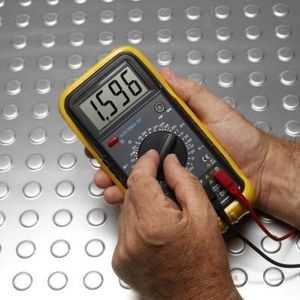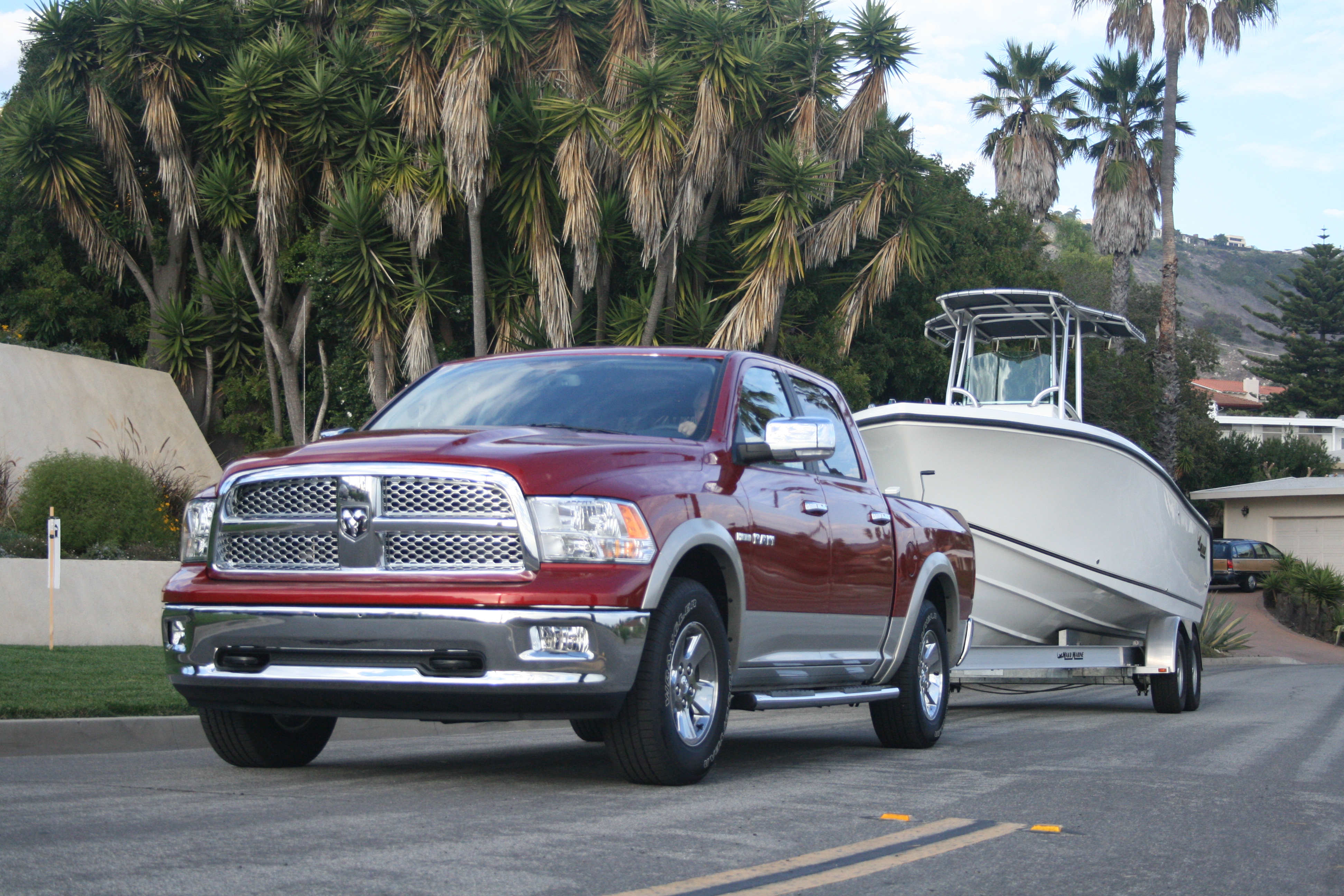For many, boating is synonymous with the opportunity to relax and get away. However, recreational boaters are often tempted to launch their boats without first minding the obvious— boat maintenance and safety. Before launching your boat at the first hint of good weather, ask yourself, “Has my boat been properly maintained?” and “Am I compliant with my state’s boating safety laws?”
 In order to remain safe, it is important to be aware of the risks involved in boating, both environmental and mechanical. By routinely maintaining your boat and preparing for potential hazards, you can maximize your time and enjoyment on the water. By practicing the suggestions below, you will expand the life of your boat, make it more fuel efficient, and even eliminate costly repairs. Remember to consult your engine manual for detailed information about your engine and scheduling.
In order to remain safe, it is important to be aware of the risks involved in boating, both environmental and mechanical. By routinely maintaining your boat and preparing for potential hazards, you can maximize your time and enjoyment on the water. By practicing the suggestions below, you will expand the life of your boat, make it more fuel efficient, and even eliminate costly repairs. Remember to consult your engine manual for detailed information about your engine and scheduling.
De-winterize
Why de-winterize your boat? By spring, most boats have been sitting for three or more months unused. Salt air and extreme temperature changes can dry rot hoses and other rubber parts. Fuel in your tank can breakdown, and moisture can cause corrosion of metal parts and electrical systems. If you are unfamiliar with boat engines or are still in the learning phase, spring is the time to schedule a tune-up with a certified engine technician. Allow at least a two-week waiting period, as service schedules tend to fill quickly.
Get a Tune-up
Start the season with a professional tune-up to maximize fuel efficiency. As part of a tune-up, your mechanic will run a compression test, check the seals and water pump, test the spark plugs, check or change the lubricant in the lower unit, check warning alarms, and perform any other necessary services specific to the type of engine.
Water Pump and Thermostats
Proper engine temperature is paramount to the life of your engine. The water pump uses a rubber impeller to pump water to cool your engine. Rubber impellers typically go bad every two years or 200 hours. To prevent overheating, check the water pump to ensure that water is flowing properly through the motor. Thermostats regulate water temperature. If they are not working correctly, your engine will run cold or hot, thus creating an uneven burn in the cylinders. This, in turn, can result in the build up of carbon deposits (a.k.a., “gunk”) causing poor engine performance.
Fluids
In outboard motors, check your oil reservoir. A four-stroke’s oil reservoir, like an automobile, is located inside the engine. Regarding two stroke motors, unless you mix oil directly into the gas tank, there should be a separate oil reservoir located somewhere in the boat. Also remember to check the power trim and gear oil.
Filters
Remove and replace fuel filters regularly. Ethanol blended gasoline has become an increasing problem for boaters. Because ethanol acts as a solvent, it can dissolve debris attached to the lining of your gas tank and send it directly to the engine. In addition, ethanol pulls moisture into the tank from the outside air. To combat the side effects, experts recommend changing your fuel filter and water separator more frequently than normal. Try not to purchase gas with ethanol, but if blended gas is your only choice, make sure it contains no more than 10% ethanol. Another suggestion is to add a stabilizer into your fuel system and install a 10 micron fuel water separating fuel filter to prevent debris from reaching the engine through the fuel line. Change the water separator and fuel filter annually or every 100 hours, whichever comes first.
 Battery
Battery
If your boat has been sitting for several weeks or more unused, you will want to check your battery strength and fluid levels. Boat electronics such as a stereo, GPS, radio, and radar, can drain a battery. Be sure to leave your battery switch in the “OFF” position whenever your battery is not in use. And remember that any battery that reaches approximately four years of age needs to be replaced. Inspect battery cables for rust or corrosion, and if necessary, use a wire brush for a good, clean connection.
Inspect Zincs
Zincs, sacrificial anodes, are mounted near metal parts found at the bottom of your boat or outdrives. Zincs absorb damaging electrical current in the water, thus protecting your drives from electrolysis. If your zincs have corroded, you need to replace them immediately.
Paint the Bottom
If your boat stays in the water during the year, particularly in the summer for more than a week at a time, have the bottom painted with anti-fouling paint. During this process it should be scraped and sanded. Removing growths from the bottom will prevent dragging, thus improving speed, fuel efficiency, and reducing engine strain.
Check Bilge Pump
Check your bilge circuit, pump and automatic switch.
Bilge pump switches float, sensing rise in water level, then signaling the pump to turn on. If the switch fails to operate, equipment can flood inside your boat. Furthermore, if the switch activates the pump but fails to turn it off, the pump motor can drain the battery.
Manifolds and Risers (Stern Drive or Inboard/Outboard Engines)
These two parts of the exhaust system get very hot, and will only last about 6-7 years. It is important to have a skilled mechanic perform a visual inspection in the spring to make sure there is no deterioration. If risers fail, they can leak water to the inside of the engine, which can be disastrous.
Bellows (Stern Drive or Inboard/Outboard Engines)
Bellows, the pleated, rubber membranes on a stern drive engine, connect the inboard engine and the outdrive unit. Bellows separate water from the transom. Should they dry rot, your boat can take on water and even sink! Check your bellows at least annually and replace them before an age of five years.
 As you debate whether to spend your dollars on boat maintenance, remember the saying, “an ounce of prevention is worth a pound of cure.”
As you debate whether to spend your dollars on boat maintenance, remember the saying, “an ounce of prevention is worth a pound of cure.”
Trailers
If you typically haul your boat on a trailer, ensure that the wheel bearings are properly greased, tires are not rotted and are in good shape, and that break and signal lights are working.
Your boat may now be ready for cruising, but don’t forget to take the necessary equipment on board along with your title and registration. As a courtesy, the Coast Guard Auxiliary will perform an inspection of safety equipment free of charge. The following is a list of gear required by the Coast Guard:
Life Jackets—One per person aboard; must be Coast Guard approved, readily accessible and not stowed in their plastic bags.
Throw Cushion—One aboard and readily available
Fire Extinguishers—
- Boats less than 26 feet—One B-1 type Coast Guard approved hand portable fire extinguisher
- Boats 26 to less than 40 feet—At least two B-1 type Coast Guard approved fire extinguishers
- Boats 40 to not more than 65 feet —At least three B-1 type Coast Guard approved portable fire extinguishers
Visual Distress Signals—Boats less than 16 feet must carry visual distress signals, such as flares, for nighttime use.
Boats over 16 feet must carry signals approved for both daytime and nighttime use—a minimum of three required, in any combination that totals 3 for daytime and 3 for night use. Check your expiration dates!
Navigation Lights—When away from dock between sunset and sunrise, or during periods of heavy fog or rain, recreational boats are required to display navigation lights. A white stern light should be visible as well as red and green sidelights. The red light indicates the port side of the boat, and the green light marks the starboard side. Carry extra bulbs for your navigation lights.
Bell, Whistle—Every vessel less than 39.4 feet must carry an efficient sound-producing device. Vessels over 39.4 feet but less than 65.6 feet must carry a bell and a whistle.
For information specific to the size of your boat, time of day, type of propulsion, etc., refer to the U.S. Coast Guard website. For any of your summer preparation needs, whether it be maintenance, upgrades, or otherwise, make sure to contact us at Marine Technology Inc for information on services and how we can help get you on the water faster and safer
than before.
Source: www.thehouseandhomemagazine.com; Kerry Garrett; May 1, 2011.

